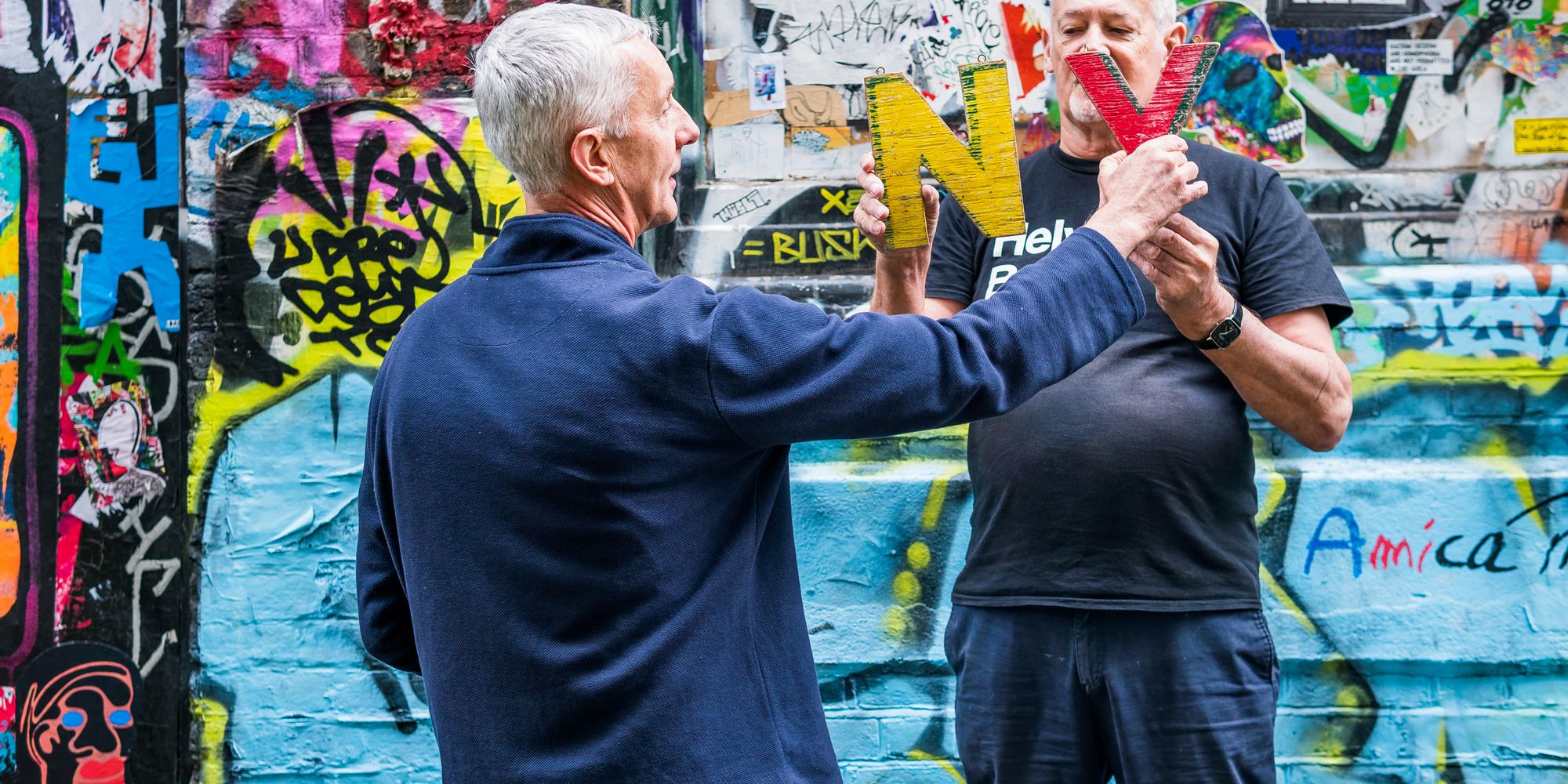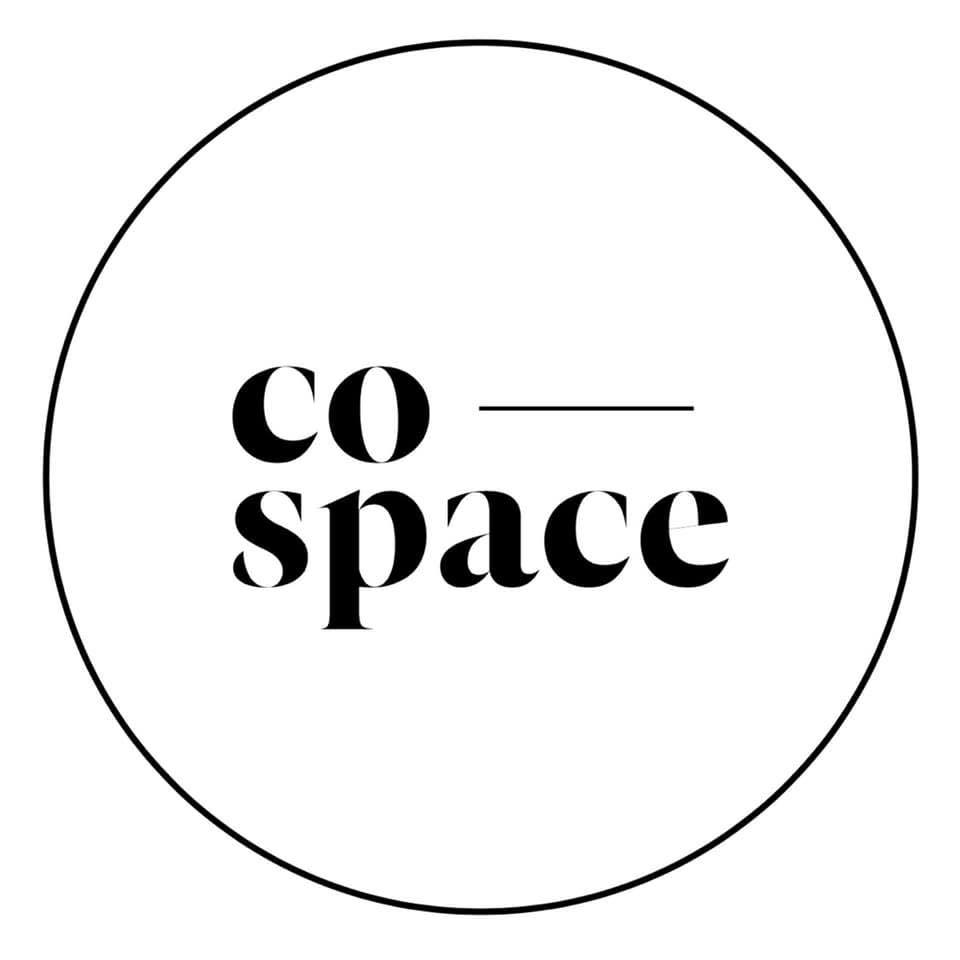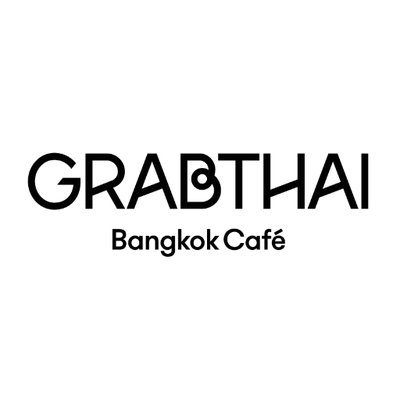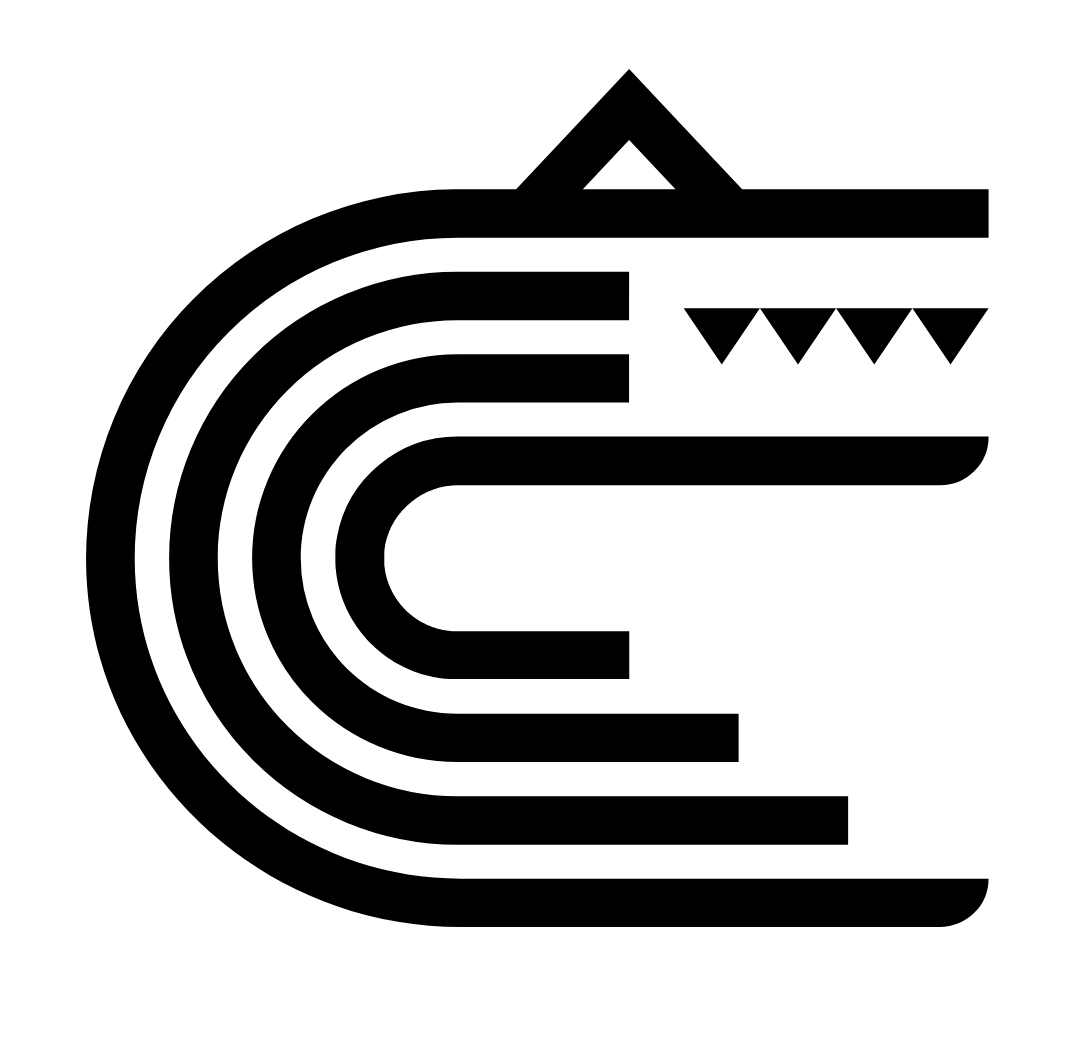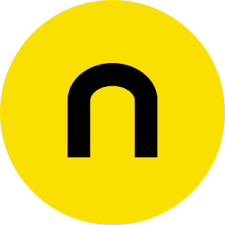Thrift Talk Brian Heppell and Paul Crome On Vintage Letters
Founding father of Glyphics, Brian Heppell, and long term comrade in creativity, Paul Crome, have an enduring history with type. Brian started off as an apprentice hot metal compositor at The Times newspaper in the 50s, while Paul began his career as an artworker at a big corporate called Allied International Design.
Brian now has what he calls a ‘paid hobby’ as a calligrapher, and Paul has evolved as a designer and art director at Glyphics. Their individual outings gave birth to their joint escapade as collectors of lost, salvaged and antique letters.
We talk with them all about their foray into the world of vintage lettering, as they rifled through auction sites, street markets, and junk shops at home and overseas, and they walk us through some of the ‘characters’ they’ve encountered along the way…
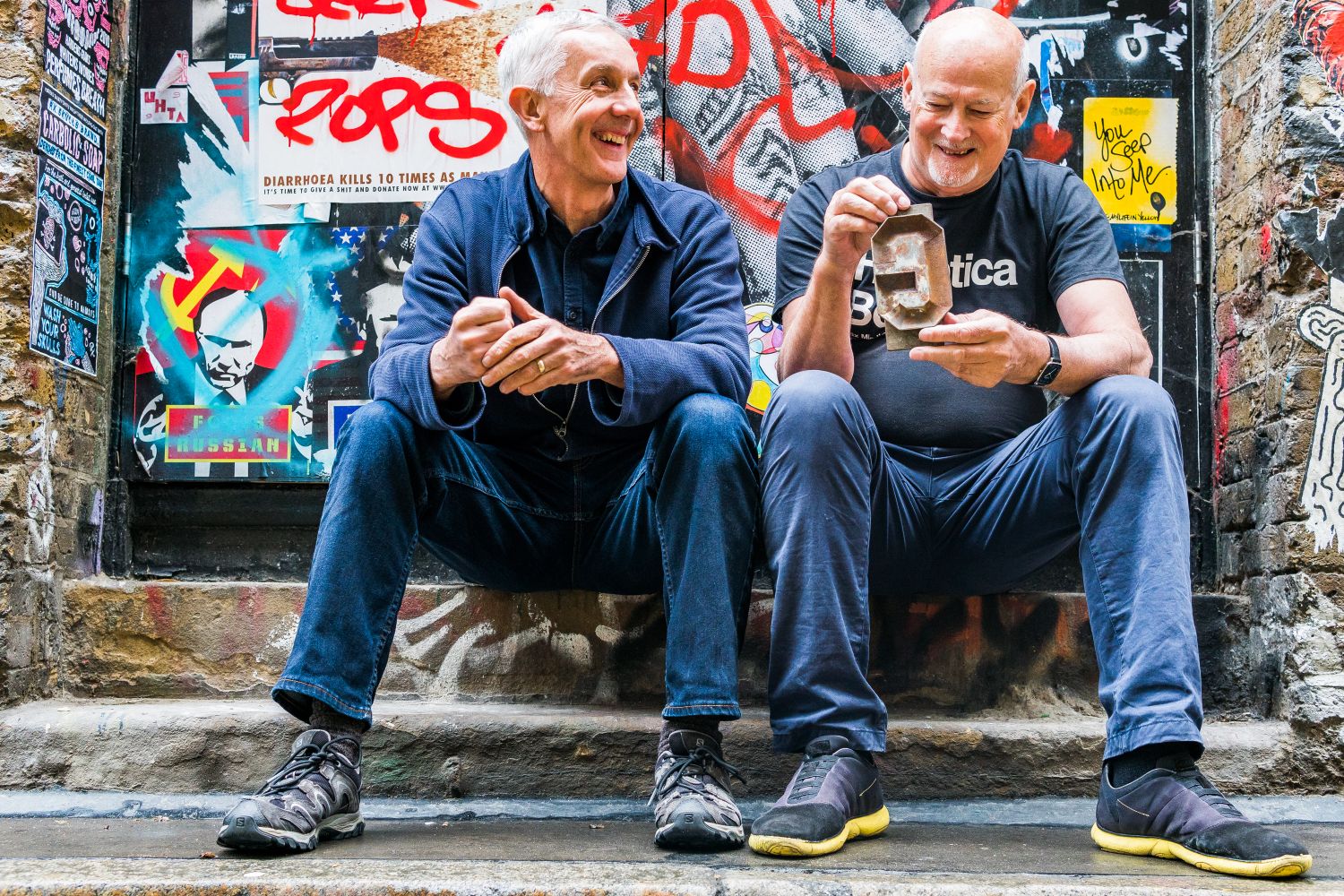
What have you been up to today?
Brian: Well funnily enough, I’ve been lettering up some birthday cards today. It’s the all prevailing thing of my life. I kind of don’t stop, but I don’t let it obsess me. But I’m always doing lettering. Just for a bit of fun.
Paul: Just as I pedalled in at five this morning. Rain or sun.
How long you’ve known each other?
Brian: Well I’ve known Paul since 19…
Paul: Thursday the 12th, 19…
Brian: 1990! It was quite a long time ago. It was sometime in the 1990s. I got to know Paul through his partner Sammy, who was a calligrapher. I was in Bowling Green Lane in Clerkenwell then, working in the Glyphics workshop while Paul ran a lettering agency.
Paul: I ran a company called Alphabet Soup. We had about 10 or 15 lettering artists, all with different skills, graffiti artists, calligraphers, people cutting fonts, and producing typefaces.
Brian: Still a good concept there.
Paul: Yeah, and and we worked with design groups and ad agencies to produce lettering, corporate identities, packaging work, all manner of things. We did quite a few big projects in the past. Tango logo, Arsenal logo.
Brian: And eventually, we, Glyphics, had to leave our building where we were working.
Paul: So I took desk space with a view of helping them out.
Brian: While Sammy carried on with his calligraphy. So obviously Paul and I developed this friendship.
Did you collect things when you were younger?
Paul: Robots.
Have you done that for a long time too?
Paul: Yeah, quite a while, I don’t know. I don’t know, 20 years, 30 years? I’ve got about 40, 50 robots. I just collect things I like visually, originally it was about aesthetics, not to sell on particularly. You know, there’s that huge fishmonger’s sign I’ve got upstairs. Why have I got that? It’s ridiculous. Only because it was there, and it’s the most beautiful thing you’ve ever seen.
Where did you learn to see the value in those things? Where is the collector mindset from?
Paul: I think my mum and dad always liked junk shops. They’d always be in junk shops. And my dad would buy something cheap with a leg missing, and make the leg himself. So I think it does come from that, then once I was on my own and had my family, we’d go to the junk shops at weekends.
Brian: I think with Paul and me, lettering has been through our life, really. It obviously resonates with us but what we love most is how it touches other people’s lives, and the stories that connect us all…
Okay, so when did you get into vintage letters?
Paul: I’d always been interested in lettering. That’s part of my job, so I’ve always had an eye for it, and looked out for it. One day I was motorbiking into work and there was a bus garage being knocked down at Elmers End. Way back then they would just knock things down and leave everything there, so I was crawling about in the rubble finding brass letters. That was one of our first finds.
Brian: What’s funny is that that’s my local bus garage. I used to play in that bus garage. That bus garage got bombed in 1941, I think it was ’41, and a number of people lost their lives nearby. I never thought that Paul, who I had no idea who he was at the time, would come down into my little town, which is more like a little village, where I used to play, and find the letters that started this all off.
Paul: I also had a friend, Peter Horridge, who got me really interested. He was quite a collector. If you look him up, he’s a calligrapher and lettering artist. I was quite inspired by what he did, I’d always been interested in drawing letters but he set me on the path. And I went around to his house, and it was just full of beautiful, beautiful stuff that he’d acquired.
Brian: There are so many really weird coincidences , because I didn’t realise that Paul knew Peter Horridge, and I knew Peter before I even knew Paul. I used to go over to Royal Greetings Cards and Peter was doing work for them then, so it’s a really strange thing that we’re following each other’s paths, unknowingly.

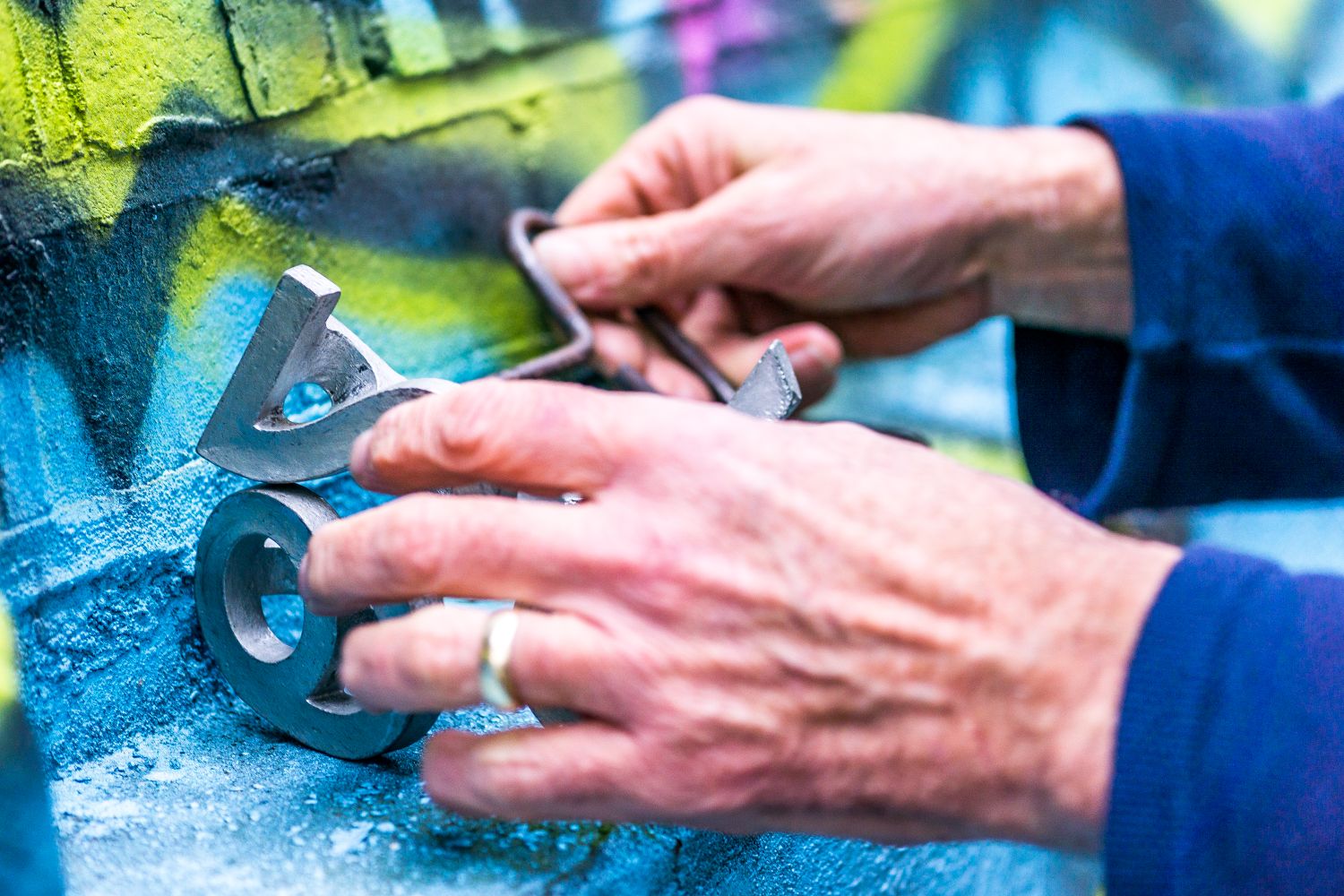



So how did it all come to be?
Brian: Bit by bit, we started going around to some of the markets trying to find bits and pieces, and old shops to see if we could salvage unwanted letters.
Paul: And then in the early 2000s, we started gradually setting up a team of people who’d be out there looking for them on our behalf. Traders would keep stuff for you once they’d got to know you.
Brian: Yeah, they could be electricians who might be working on a shop. Or it could be a builder knocking one down. We started making these connections. All kinds of people came in. We had this guy from Headington in Oxford, he brought these red letters down, which spelt ‘moulin rouge’, from the cinema up there. The council had to close it down.
It was his father’s cinema, which he set up in the 1920s, but the letters were probably from the 50s going on to the 60s. It was really quite a weird building, because it had a massive pair of women’s legs with sort of yellow and purple stockings on, just hanging over the front. The things must have been about 15, 20 feet long. Never acquired those. But yeah we couldn’t have had enough. I think we went on eBay and bought bits, looking around and bidding for them.
Paul: Yeah, we were bringing our own personal bits in to bolster the collection too.
Brian: The whole thing was to decorate the front. Because the whole ground floor, it was very empty, really.
Paul: The main idea was to create a honey trap for designers and architects. That was the basic thing. To get them in, talk to them about our shared passions and cross sell. We ended up with thousands of letters.
Do you think there’s real financial value in vintage letters?
Paul: There is yeah, there’s scarcity and rarity. You look around now at shop fronts and signage, it’s all plastic, isn’t it, and banners. Shop fronts now can be just a printed PVC banner.






So you’re building relationships, and then you’re also maybe, competing against each other a little bit?
Brian: Well yeah, I think it’s always nice, because you never know what Paul might come in with, or some boxes turn up, and he doesn’t know what I’ve brought in. One time, I remember coming back with three dustbin-fulls of letters, some of them off the front of Blockbuster.
Paul: I was thinking what have you got? Oh bloody hell. Buckets of letters.
Brian: Bloody hell, bloody full of these huge letters. And what happened that night? I had a bloody heart attack!
Oh my god…
Paul: That’s a good line, isn’t it?
Brian: And we sold those letters. Yeah, we sold them though. And we used to buy these letters, and they used to come in from France, from several contacts out there. And again, you’ve got to develop that – fortunately, my wife Sharon speaks French, so she could do the conversing.
Paul: France was really good. The quality of letters.
Brian: I think there’s a kind of preservation feeling out there in France. Or they don’t kind of just knock it down and leave it, they salvage what they can. That doesn’t exist everywhere. When I went to Italy, I noticed there they don’t really have the same passion. They’re not really interested in old letters, in preserving any of that side of their culture, which is a great shame.
Paul: We also went through a period of that, didn’t we? In this country I mean, just knocking things down.
Brian: Yeah, oh yeah. Well I went to Liverpool, and I was looking for letters up there and I thought, this would be good. And I was going around the junk shops, and I was finding nothing. Some bloke said to me, we haven’t got much of that. He said, the collector mentality was never developed in Liverpool, it was really badly bombed in the Second World War and all the buildings just remained there undeveloped, any letters either went down to London or we just threw them out. He said nobody was interested in them. They just dumped them. And because of recession, pubs were shutting.
Paul: Which was quite interesting, because in time they’ve become pretty rare items.
Brian: Yeah. They may have been made in the 60s, 70s and even the ones from the 80s already have a kind of vintage look about them. Back then people just weren’t interested in them. It’s amazing. But then a firm we were doing work for down in Hampshire who did the interior design of pubs, they wanted the old with the new so we started pulling out the drawers and mixing and matching old letters to make up words.
Paul: Which was something else we eventually moved on to, rather than just selling individual letters making up words. An eclectic mix of letters. You’d never get that combination ever, would you? Ever.
Brian: They would be completely unique. But that’s the balance of actually making up letters. There’s no, just putting this and that together, and saying oh that will do. You really get into it, and you’ve got to know what fits what. Yeah, it’s got to look beautiful.





You’ve mentioned people coming to you, but would you go travelling to find these letters?
Paul: Yes. Whenever I went on holiday.
What about suitcase space!
Paul: Oh yeah, if I saw something, yeah I would buy luggage.
Brian: Yeah, even when you go on holiday, you’re looking. As I said I’ve done France, Florence, Rome.
Paul: India, Africa…our first joint trip abroad was a flea market in Brussels. Part of it was just sitting looking, having a beer and a coffee, then trundling in, and rummaging through what was basically a house clearance. So they’d turn up with a van, tip it all out, the contents of someone’s life, onto a rug and then you’d literally rummage through it. So you’d be looking at a snapshot of someone’s life. It was quite weird, surreal. And then people would go back and continue reading their paper, waiting for the next lot, you’d just never know what would turn up. There’s something about hunting letters down, isn’t there?
What’s the journey about for you…
Paul: I think it’s about haggling. I quite liked haggling, the bustling feeling of the marketplace. Yeah.
Brian: Yeah, it’s the hunting.
Paul: And it’s about talking to people, and interesting stories. It gives you a bit of focus. If you arrive somewhere, you think, oh where can I go to get some letters? And that introduces you to the culture, doesn’t it? One of the things I love to do is to photograph lettering. I’m always looking for it, or at it.
Brian: Yeah we all do it here, because I kind of think it helps with your creativity as well, in your mind. You think, I might possibly be able to use that for something and you just lock it away. You just kind of absorb all these different influences you see. It might be lettering or a nice pattern in a doorway, that as a calligrapher, I think I can use that later on.
Paul: There comes a point where you can recognise someone’s handwriting. It’s exciting to think, oh I know who did that! There’s something about signwriters. The top guys, I can’t tell you what it is. It’s like music, you can’t put your finger on why it’s so good? It’s just some sort of touch they have.
But yeah I love shapes, that’s the reason I do it, because I love letters. But there’s also another side of me that likes getting a bargain and, because of our position here at Glyphics, knowing we can command a certain value for something when we sell it on.
Brian: Yeah. You see, Paul is harder than me, he’s not going to get the price, but he bloody has a go. For us, as long as we never lost any money, that was kind of okay, it was just a brilliant way to attract people in who knew nothing about you.
Paul: At one point, we started casting letters ourselves, making moulds from the originals!
 Paul ran a company called Alphabet Soup with 10 to 15 lettering artists, graffiti artists, calligraphers, people cutting fonts and producing typefaces.
Paul ran a company called Alphabet Soup with 10 to 15 lettering artists, graffiti artists, calligraphers, people cutting fonts and producing typefaces.
Wow! What do you think is the appeal of vintage letters?
Paul: It’s so personal. For me it’d be the letter shapes and the materials. These chocolate moulds are interesting, aren’t they? They’re quirky. Something very different.
Brian: Yeah, they were from a market in Holland. With chocolate moulds the letter is always back to front so they’re more of an antique, they don’t sell in the same way..
Paul: They’re called characters for a reason, aren’t they.
Brian: Yes I think people are slightly a bit fed up with the sort of perfection of everything around them, so they like the warmth of old stuff. They go around these junk shops, looking for bits of pieces that are going to maybe inspire them, they’re not even looking for a complete alphabet, just a letter, like if they saw their initial, handmade. They would buy that, they would put that in their bedroom, in their kitchens, because every letter evokes a style, and everything’s got a story. If the story’s genuine, they love it. There are always those trying to bullshit you, and I think you can normally tell when something’s been a bit faux-ed. But as long as it’s not kitsch, I think people prefer something that’s got that warmness, that scratchiness.
How can you tell?
Brian: You can look at the back of things and you can tell where there’s like, a load of rust on it. You can faux rust and things like that.
Paul: Part of it is also the letter shapes –
Brian: It’s all in the letter shapes.
Paul: And the quality of letter shapes. The best way to identify if something is real is to study type and learn about letter forms. You do still get some mysteries though…




We collected these mystery items from Spitalfields Market, they are about 60mm high, and made of alloy with fascinating ridge outlines and handles that screw into the back. We thought they were used for stamping into leather, but in fact they would have been dipped into dry ice to brand cattle.
This colourful lot are from Arkansas in America. There were 80+ letters all together, made in 6mm ply and 10” high. They are all different and painted by hand by two brothers who ran fairground stalls for doughnuts and popcorn in the 90s. We loved the seriously retro drop shadows, these were just the trick!


We collected a lot of these letters, most of them have gone now so this little one is special to us. At 100mm high, this French style ‘E’ is cast in iron and was originally gilded. A beautifully subtle decorative slab serif typeface, this Tuscan letter was made between 1900-1920 and lent a bold presence to a historic logo.
Discovered in the basement of a former ironmongers, these were made by children and women, punched out of copper and then enamelled. Crisp white and convex in shape, each high gloss letter gleams in the sun. They were puttied onto the glass of Victorian shop windows, selling the likes of ‘Fry’s Cocoa’.


This old fella is straight out of 60s Hungary, written in flowing, galvanised steel letters around 1500mm tall. It was originally kitted out with a neon tube, enticing custom to a dry cleaners. Eventually it was abandoned, only to find itself far away from home, being collected from a warehouse on a Cornish dock…
What a G! This chocolate letter mould is from Holland, likely used to cook up a kid’s initial by a chocolatier. The cast allows the liquid cocoa to set and slide out the right way round, glistening in all its delectable glory. It’s 150mm’s tall, skillfully made and we bought this to lend a sense of whimsy to our vintage shop.


This letter was from a pub fascia in Nottingham. It’s made of resin and gilded with gold leaf. It’s 300mm high and 20mm thick, based on a typeface called Caslon Antique – designed to emulate how early printers would reuse metal type over and over again, chipping and damaging the faces from rigorous use.
This beautiful American Art Deco character is 80mm high and was part of a loose alphabet set. Thanks to the stand, these letters would slid onto a lettering track perfectly and make the most lovely script of condensed san serif for a cinema or some form of advertising, with the ceramic material lending timeless class.


